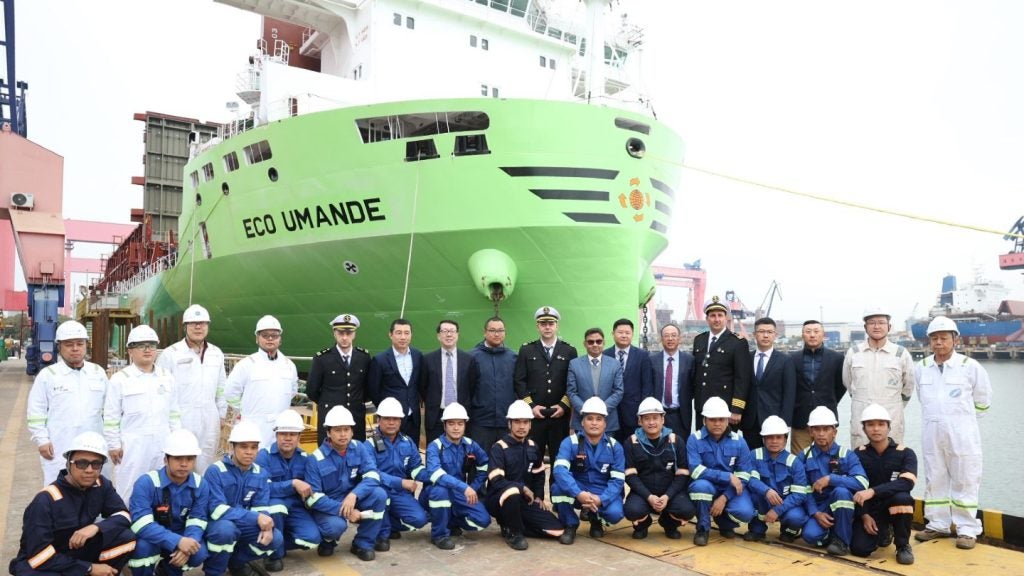
Cyberhawk has completed an inspection of an oil tanker using unmanned aerial vehicles (UAVs) or drones.
Representatives from classification society American Bureau for Shipping (ABS) were also present at the ABS Intermediate Hull Survey 4, which included 19 tanks on-board the tanker docked at a shipyard in Singapore.
Out of the 19 tanks, 12 were cargo oil tanks (COT), while two were slop tanks and five were ballast tanks.
As the vessel was US-flagged and operated in Alaskan waters, the inspection was conducted in compliance with ABS’s enhanced survey programme (ESP) standards for tankers and the US Coast Guard’s Critical Area Inspection Plan (CAIP) requirements.
Cyberhawk technical director Malcolm Connolly said: “Since we conducted the first UAV tank inspection back in 2015, the take-up of this solution has become increasingly adopted within the industry.
“These previous inspections, however, have only focused on capturing visual data of approximately 20-30 critical areas.
How well do you really know your competitors?
Access the most comprehensive Company Profiles on the market, powered by GlobalData. Save hours of research. Gain competitive edge.

Thank you!
Your download email will arrive shortly
Not ready to buy yet? Download a free sample
We are confident about the unique quality of our Company Profiles. However, we want you to make the most beneficial decision for your business, so we offer a free sample that you can download by submitting the below form
By GlobalData“To comply with ABS rules for this particular category of class survey, we required close-up coverage of 100% of the tank’s internal frame structure at a resolution equivalent to a person viewing the surface at arm’s length.”
The typical method of oil tanker inspection involves scaffolding the inside of the tank to enable ABS surveyors to conduct a visual survey and non-destructive testing (NDT) technicians to take thickness measurements.
However, this method has various liabilities ranging from potential dropped objects caused by lowering equipment into the tank, to potential damage to the tank coating and working at height in enclosed spaces.
The UAV-based method of inspection still requires NDT technicians to take thickness readings to meet the ABS survey requirements for oil tankers.
During the latest inspection, the Cyberhawk team performed more than 350 UAV flights and collected over 600GB of data, which has been hosted in Cyberhawk’s cloud-based visual asset management software, iHawk.
Cyberhawk is also expected to carry out its first proof of concept inspection on a UT solution using UAVs. The inspection will eliminate the use of scaffolding, rope access technicians, or rafting solutions.







